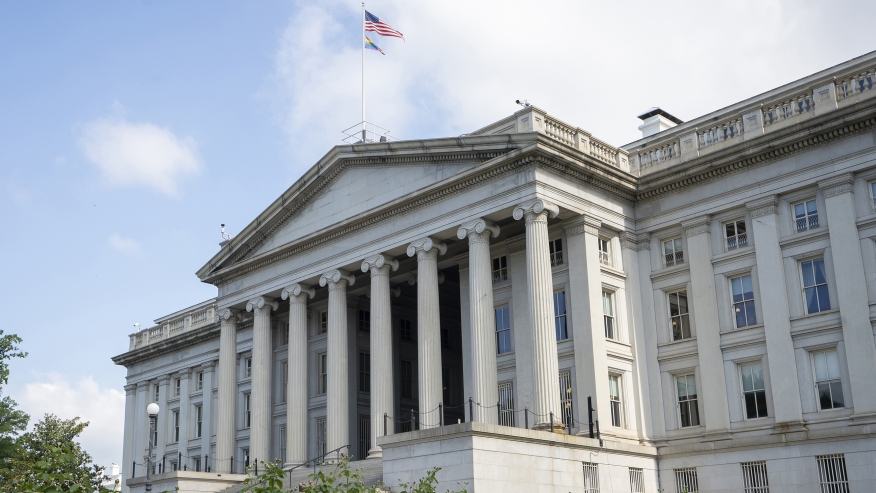Mortgage rates, Treasury security prices, lakefront properties, Ford Pintos, rare stamps, oil … the list of things whose prices are determined by supply and demand is immense. We mention this because Treasury auctions, used to help finance the U.S. Government (along with taxes), have become quite a hot topic and are impacting lenders. And since the prices of mortgage-backed securities, and therefore mortgage rates, are in part calculated as a spread off of U.S. Treasury securities, the supply and demand of these are important to lenders and their borrowers.
As 2023 progressed, the sizes of these auctions were rather large, particularly for a period of time when we were not in a crisis. The appetite for newly issued Treasury bonds has been waning due to a few large buyers scaling back their purchases, and this, in turn, impacts the auction results and makes investors sit up and notice. If no one wants to buy something that must be sold, the price will drop until someone buys it.
In the case of Treasury securities, when prices drop, yields go up. The industry saw a rise in interest rates throughout 2022 and 2023 until mid-December. As rates rise, so do Treasury yields and coupons on newly issued debt, which increases the expense burden on the federal government and mortgage rates in general.












